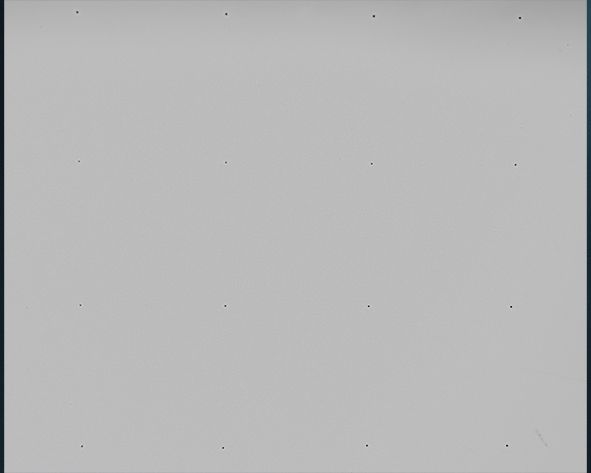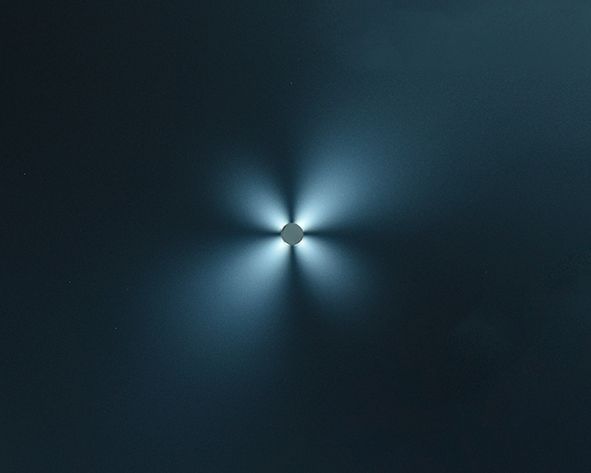VELUX sees Kyocera ceramic technology as important contributor to vacuum glass technology
Vacuum glazing is gaining ground in Europe. They rely on slim vacuum systems that are particularly robust and thermally insulating thanks to modern industrial ceramics from Kyocera and other new technologies.
- Fine Ceramic Components
Kyoto/Mannheim − According to the Federal Environment Agency, heat generation accounts for around seventy percent of energy consumption in German households. However, only a third of this ensures a comfortable room temperature. Almost half of the heating energy (around 45 percent) is lost through inadequately insulated windows, doors and roofs. So it is no wonder that building owners and architects are interested in more sustainable solutions.
Roof windows have to meet very special requirements. They should bring light into otherwise dark parts of the building, withstand severe weather events – rain, hail, snow – and still open and close reliably even after years of use.
Ceramic supports enable thermally and mechanically optimized vacuum glazing
The vacuum allows heat transfer coefficients of less than 0.5 watts per square meter Kelvin (W/m²K) to be achieved. The vacuum created between the panes of glass requires two things: on the one hand, the space between the two panes is further reduced and, on the other, the distance needs to be supported by support structures made of metallic or ceramic pillars, for example.
With a diameter of just 0.5 millimetres, the support structure is barely noticeable. At the same time, they play an important part in determining the thermal performance and robustness (ductility) of the vacuum insulating glass against lateral shear forces such as gusts of wind, hailstorms and snow loads to a particularly high degree. Ceramic supports can therefore have a significant positive influence due to their low thermal conductivity and high mechanical strength.
The significant reduction in weight thanks to vacuum insulating glass makes them particularly interesting for the energy-efficient renovation of existing buildings. At the same time, they also offer architects more design freedom for new buildings.
“For building owners all over the world, VELUX stands for the highest quality and reliability,” emphasizes Armin Kayser, Executive Vice President of KYOCERA Fineceramics Europe GmbH in Mannheim. “It is an honor and confirmation for us that we can be a partner in this development with our solution-oriented material and manufacturing expertise.”



